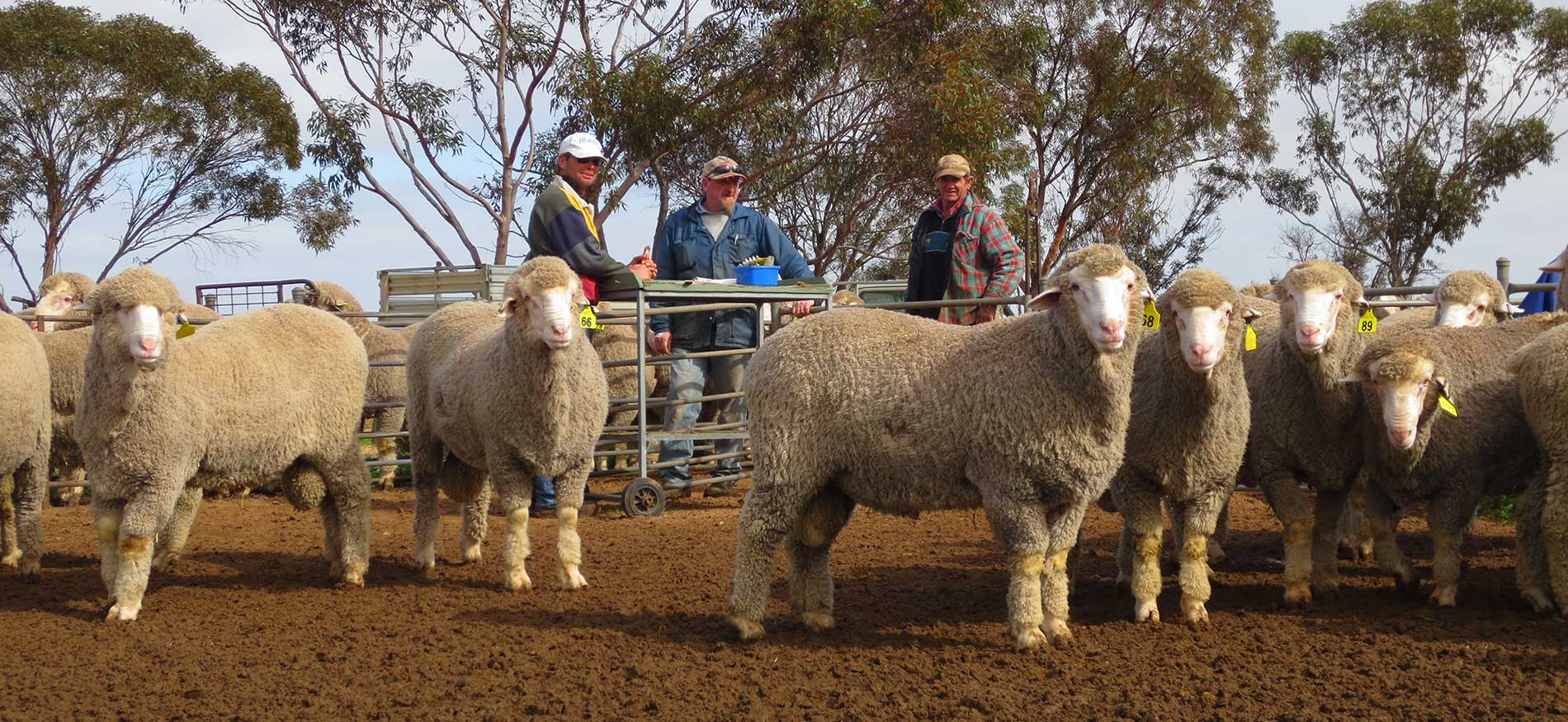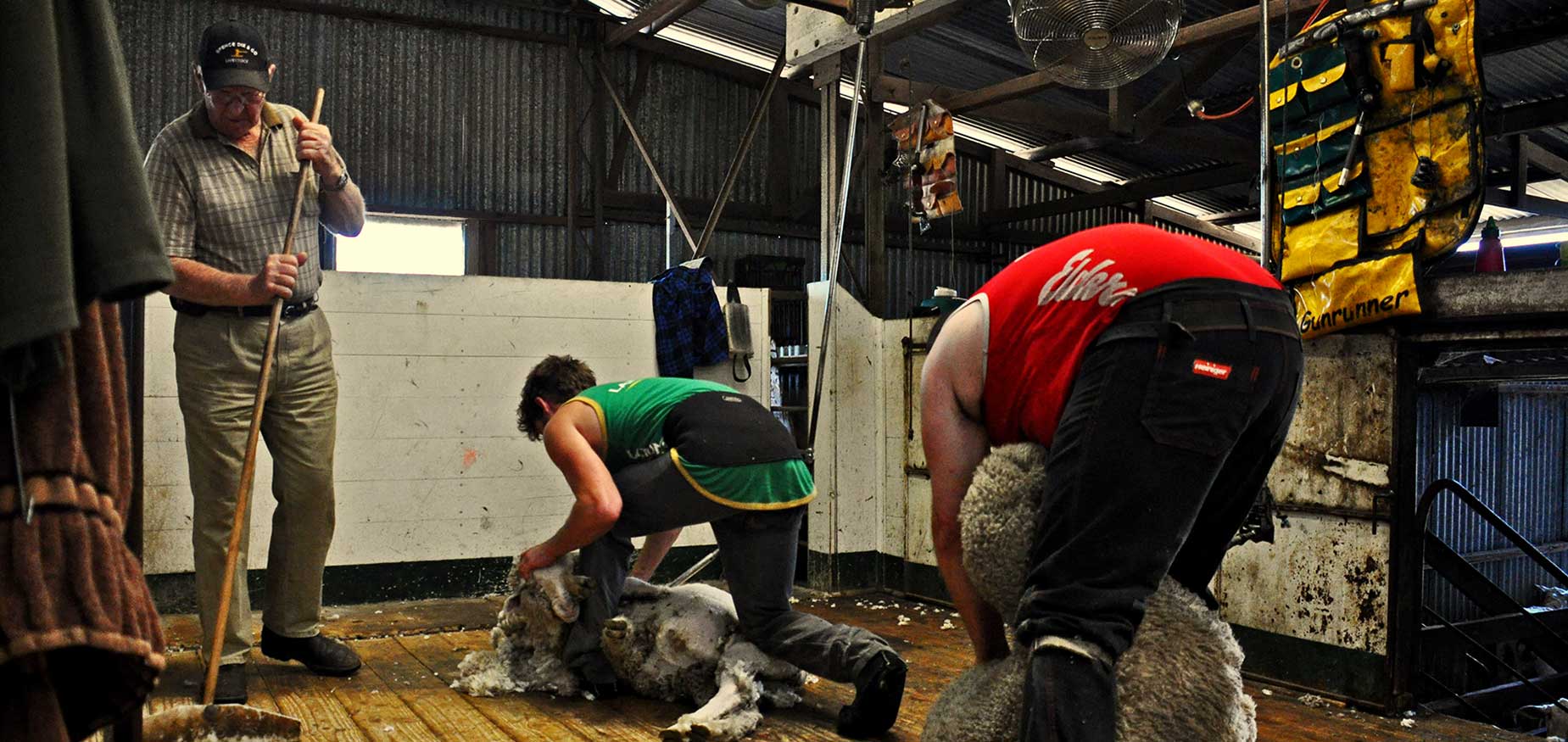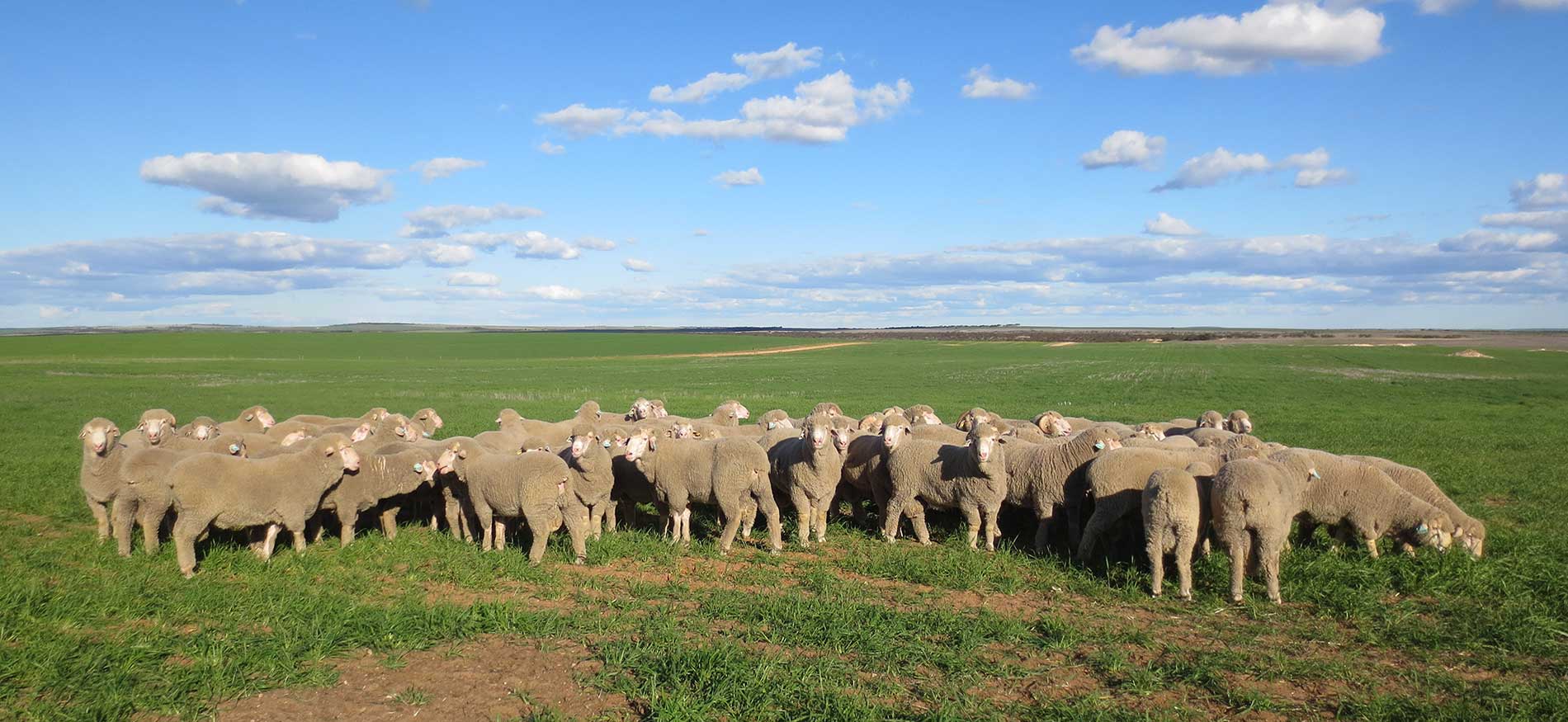Stock Journal Feature - May 2025
Author: Emma Shattock, EldersCondition scoring has become a valuable tool in the sheep industry over the last decade. As a simple and fast way to assess the current condition of sheep, it can guide feeding and pasture management decisions. The bigger potential however, comes from understanding its importance in driving reproduction and progeny performance, including conception, birth weight and wool growth.
It is first important to understand the difference between condition score and fat score. Fat score focuses on the fat cover over the 12th rib and is primarily used to assess sheep in the meat trade. In contrast, condition score measures the fat and muscle depth over the loin. While it considers cover over the short ribs and spine, a lot more emphasis is put on the eye muscle.
While fat and condition score are correlated, a fat score 2 ewe could have a condition score anywhere between 2 and 3.5. This is a critical range for ewe management and for this reason, condition score is recommended as a more accurate way to manage mature breeding stock.
Condition score is also regarded as a more accurate tool to manage ewes than liveweight. Not only is it faster and requires less equipment, it does not need to be corrected for factors such as wool growth and frame size.
The Lifetime Wool Project released research into the impact of condition score of the performance of an ewe and her progeny. This effect is seen at joining, with ewes in a higher condition conceiving more lambs. Across a mob, this is seen through a greater number of multiples and fewer dries. Data has shown an average increase of 20 lambs per 100 ewes for every additional condition score. This number will vary from farm to farm and on the timing of joining.
During pregnancy, the nutritional status of the ewe can affect the wool follicle development and birth weight of the lamb. A ewe that loses condition score while pregnant will produce lambs that have a lower clean fleece weight and higher micron. This is related to the follicle development of the lamb in utero and is permanent.
Condition loss in mid pregnancy reduces the size of the placenta while in late pregnancy, reduces the growth of the foetus. Both of these reduce lamb birth weight and therefore survival, particularly for twin born lambs. Loss of a full condition score in mid or late pregnancy can reduce lamb birthweight by 0.3 to 0.5kg. While this figure sounds small, it can represent a 10 to 20% lower survival rate in twins.
The condition score of the ewe will drive her own survival at lambing, being closely related to issues such as dystocia and pregnancy toxaemia. Mortality rates are significantly higher for those that lamb under a condition score 2.5, while over-fat ewes over a condition score 4 are also at a higher risk.
Post-lambing - it is milk production that promotes early lamb growth. This is driven by the energy a ewe consumes from the available feed on offer. When feed is limiting, more of the energy for milk production comes from the ewe’s fat stores. Ewes in a higher condition score have more fat stores to mobilise, meaning they produce more milk. Their lambs will have higher growth rates and be heavier at weaning, providing benefits for weaner survival.
The performance of ewes and their lambs can be predicted from ewe condition score, making it a valuable management tool. In particular, the relationship between condition score and survival at lambing can be used to guide management decisions to drive whole farm profit. By managing the condition of ewes to defined targets, a greater level of flexibility and control can be achieved over ewe and progeny performance.





